Blog
Blog Birds 2ページ目
-
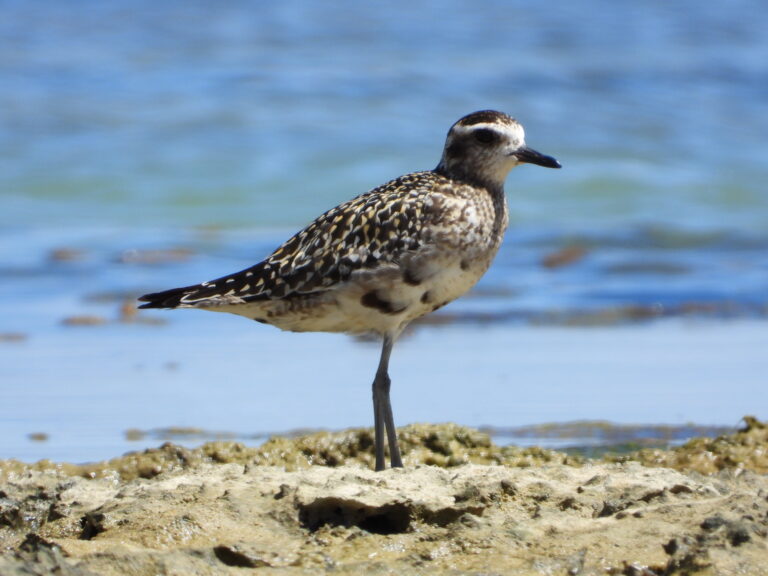
Pacific golden plover
Ōse Beach is a prime observation point in Amami. Located just a five-minute drive from the airport, it's an excellent spot to visit immediately upon arrival to see birds. During the spring and autumn migration periods, numerous sandpipers and plovers can be observed. Perhaps because people were gathering shellfish that day, when I hid behind the rocks, the Pacific golden plover came quite close to me. In Amami, several dozen individuals overwinter, but on Honshū they are most commonly seen in spring rice fields. While flocks exceeding several hundred birds were once observed, flocks of several dozen seem more common recently.
- Amami Ōshima
- Birds
-
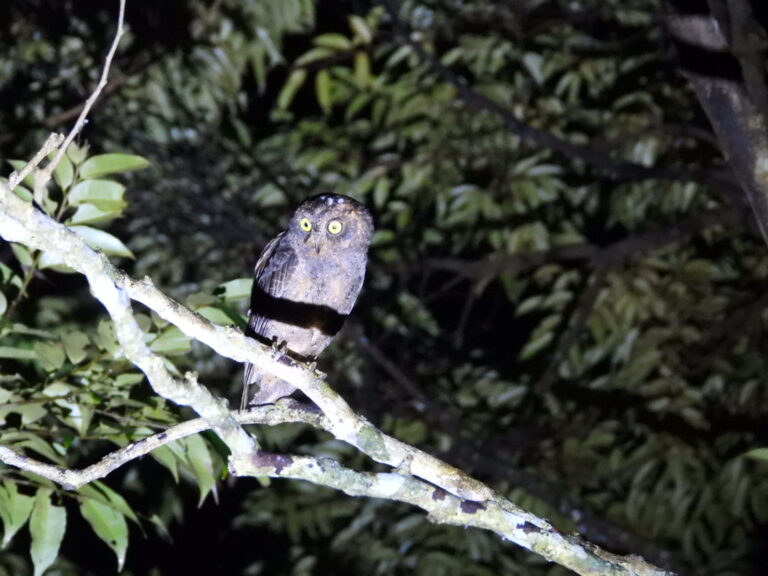
Ryukyu scops owl
Driving along the roads of Amami Ōshima at night, you can hear the calls of the Ryukyu Scops Owl, “Kohok, Kohok”, coming from the roadside. It is a small owl, about 20cm long, rather plain in appearance, but with striking yellow irises and a rather endearing face. The mainland Scops Owl, which calls “Boo, Poo, So”, is a migratory bird staying from spring to autumn, whereas the Ryukyu Scops Owl, distributed south of Amami Ōshima, is a resident bird present year-round. Once considered a regional subspecies of the Eurasian Scops Owl, it is now treated as a separate species. Furthermore, recent…
- Amami Ōshima
- Birds
-

Lidth’s jay
The Lidth's jay, once hunted for its feathers used in women's hats, has seen its numbers decline in recent years due to habitat destruction and predation by feral cats and mongooses. It is an endemic species to Japan, found only on Amami Ōshima and the neighbouring islands of Kakeroma and Uke. However, its population now appears to be recovering, and it can be spotted along roadsides and in residential gardens. Their distinctive, guttural “ja-ja” call often alerts one to their presence. At night, they are frequently seen roosting on power lines along forest roads. As a bird emblematic of Amami, products bearing…
- Amami Ōshima
- Birds
-
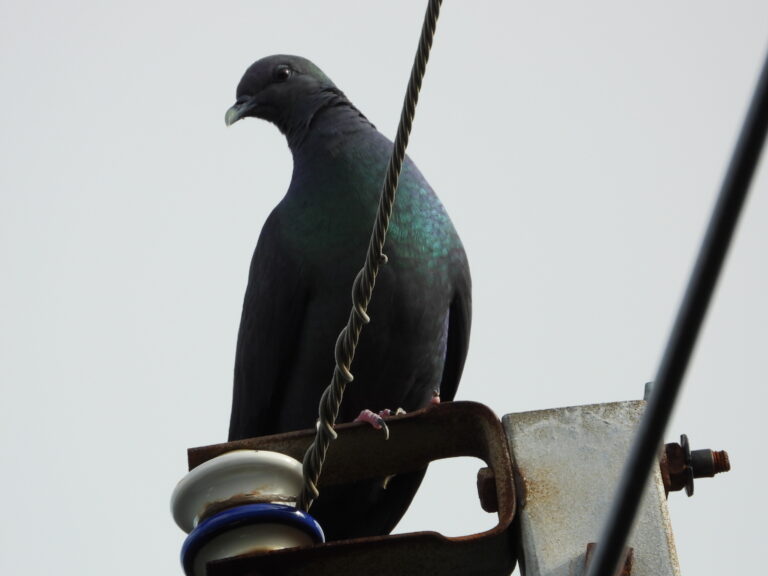
Black wood pigeon
The Black wood Pigeon, named “Karasubato (Crow Pigeon)” in Japanese for its entirely raven-black plumage, is a large forest-dwelling pigeon inhabiting remote islands including Amami Ōshima. Though its call is often heard, it is a highly wary bird, making sightings rare. However, sightings become more frequent around September; at Nagumo Pass, home to Amami Wild Bird Forest, three individuals were observed simultaneously along power lines. Though uniformly black in appearance due to the light, its body displays a striking glossy green from the neck to the chest. True to its French name “Pigeon violet” (purple pigeon), it bears a reddish-purple…
- Amami Ōshima
- Birds
-
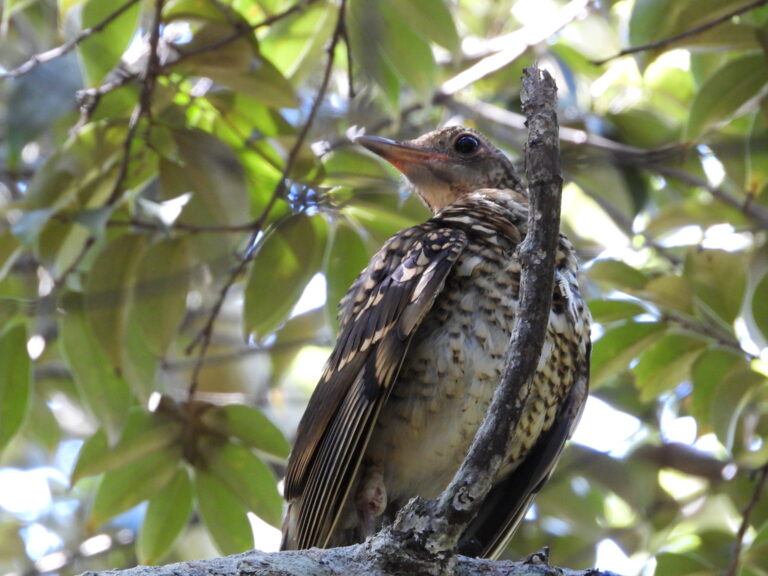
Amami thrush
The Amami Thrush, which together with the Amami Rabbit and others was a plaintiff against the construction of the golf course in Amami Ōshima and for the right to nature. A phantom bird thatI cannot watch since my first visit to Amami Ōshima 20 years ago. It differs from White's thrush of the mainland in the number of tail feathers and its call, and is now considered to be a separate species because of progress in amino acid and nucleotide sequence analysis. When I was walking through the Amami Wild Bird Forest square, I heard a loud noise of something…
- Amami Ōshima
- Birds
-
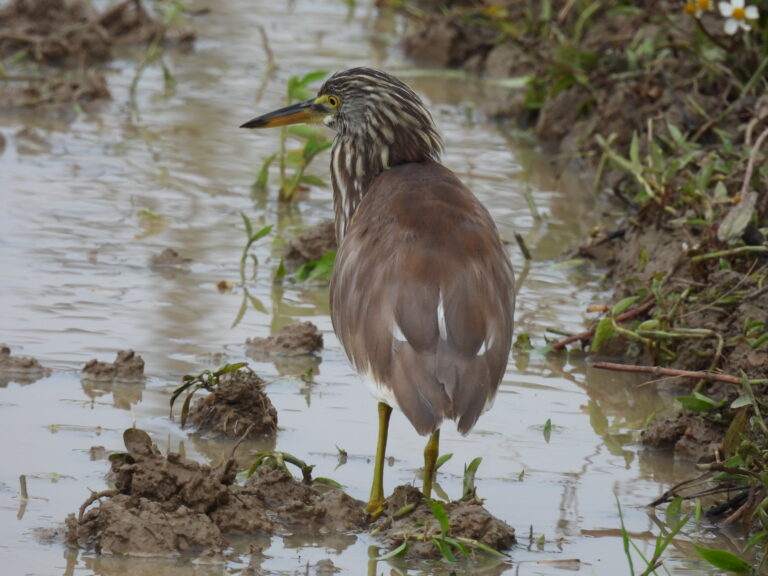
Chinese pond heron
Breeding plumage is wine-coloured from head to neck and breast, but non-breeding plumage is very plain, as shown in the photograph. A small number spend the winter on Ishigaki Island. There are an increasing number of other records of the Javan pond heron, which is distributed in South-East Asia, flying to Ishigaki Island. Their winter plumage is similar and it is difficult to identify them in the field. It is said to be characterised by its slightly larger size, larger bill and darker wing tips in flight than the Javan red-faced night heron. Other Japanese records include the Indian pond heron,…
- Birds
- Ishigaki Island
-
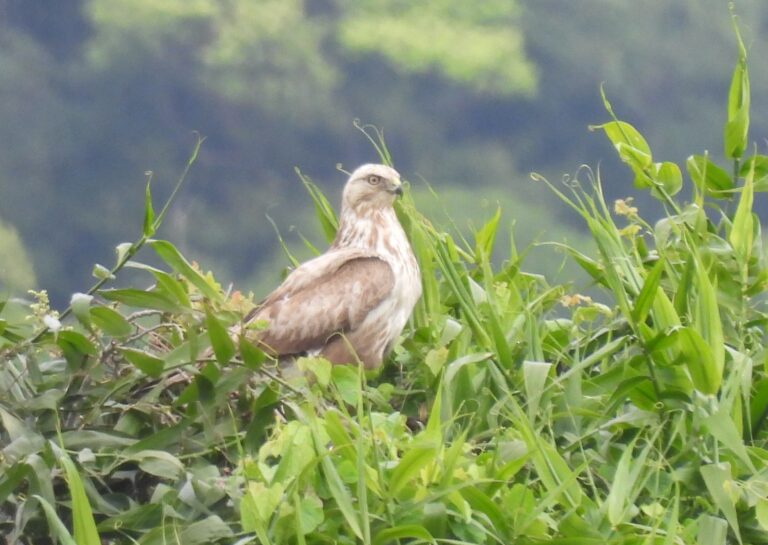
Upland buzzard
This buzzard inhabits the mountains and rocky areas of eastern Asia and is a rare migrant to Japan. It has been observed on the Sea of Japan side and in the Nansei Islands. They are also observed on Ishigaki Island in winter, but are very wary and difficult birds of prey to photograph. This one initially landed in a rice paddy, but when we drove by, it flapped its wings and perched on a tree 400m away.
- Birds
- Ishigaki Island
-
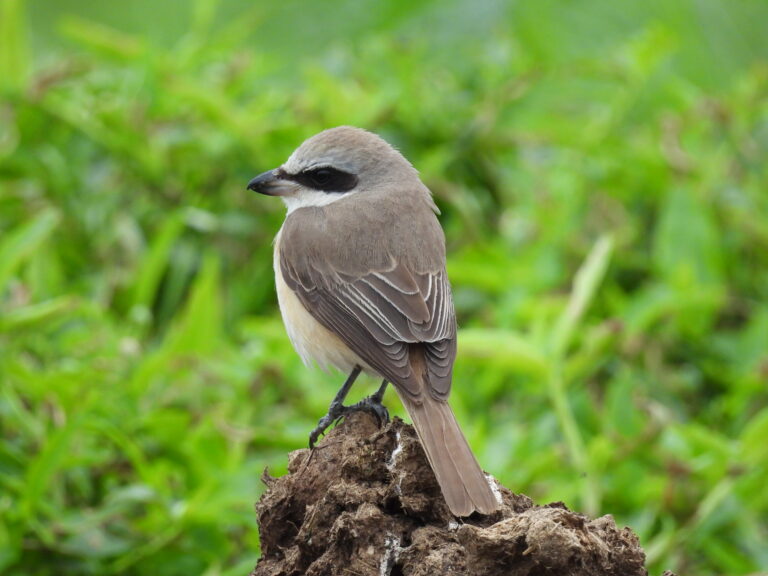
Brown shrike
The Brown shrike (Lanius cristatus lucionensis) is one of the most commonly seen birds on Ishigaki Island in winter. It is a subspecies of endangered species, the Japanese brown shrike (Lanius cristatus superciliosus) It used to breed in southern Kyushu, but now it seems to be wintering in the Nansei Islands, having migrated from the continent. Compared to the other subspecies, Lanius cristatus lucionensis is characterised by its generally greyish colouration. In English and French, the shrike is synonymous with noisy or quarrelsome birds because of its noisy voice. In Japan, on the other hand, the kanji 百舌鳥 for "bird with…
- Birds
- Ishigaki Island
-
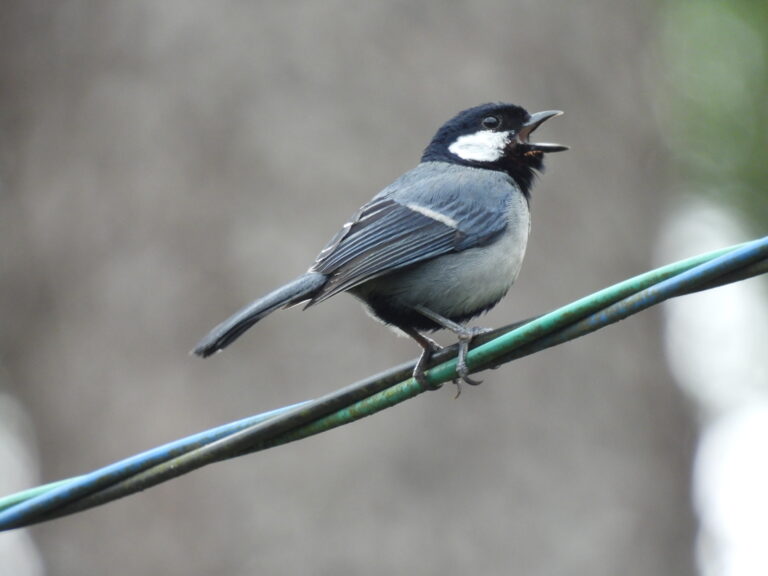
Ishigaki tit
The Japanese tit is found throughout Japan, but the Japanese tit distributed on the outlying islands are divided into three subspecies: the Amami tit, the Okinawa tit and the Ishigaki tit. The two subspecies of Amami and Okinawa are almost indistinguishable in appearance from the mainland subspecies, but only the Ishigaki and Iriomote Islands' Ishigaki tits are clearly different. It is generally a blackish grey colour and the yellowish green back characteristic of the tits is completely absent. A blackened tit was previously found in Eastern Japan, but although the head was completely black, the yellow-green back was still present.…
- Birds
- Ishigaki Island
-
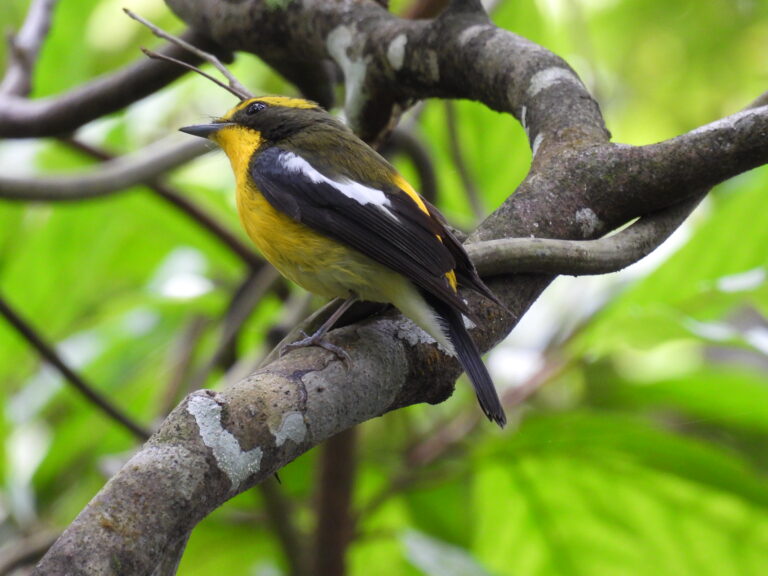
Ryukyu flycatcher
The Ryukyu flycatcher is considered a subspecies of the Narcissus flycatcher, but is also thought to be endemic to the Nansei Islands. The Narcissus flycatcher male's throat is orange, whereas the Ryukyu flycatcher's is all yellow, with a slightly olive-red back. Their distinctive call is a subdued fee-fee. They are not few in number, but are one of the most difficult birds to photograph because they move around so much. It is a happy bird when we can find it.
- Birds
- Ishigaki Island
-
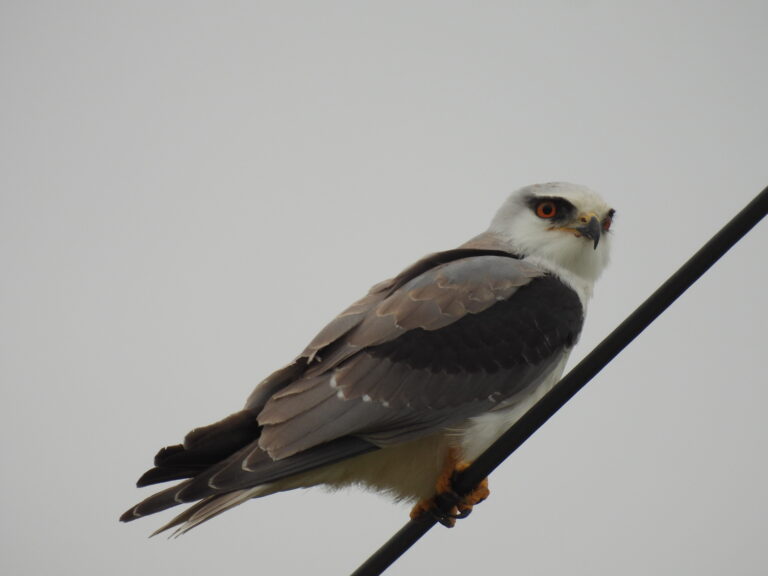
Black-winged kite
The black-winged kite is widely distributed mainly in the African continent, South Asia and Southeast Asia. It is a rare stray bird in Japan due to its outlying distribution area, but on Ishigaki Island it has become established and breeds and can be observed all year round.I first saw it in Senegal. It was a bird that was very wary and would fly away if I approached it even a little. When I saw it on Ishigaki Island a few years ago, I only saw it in the distance.Recently, however, there are more and more individuals that are less cautious,…
- Birds
- Ishigaki Island
-
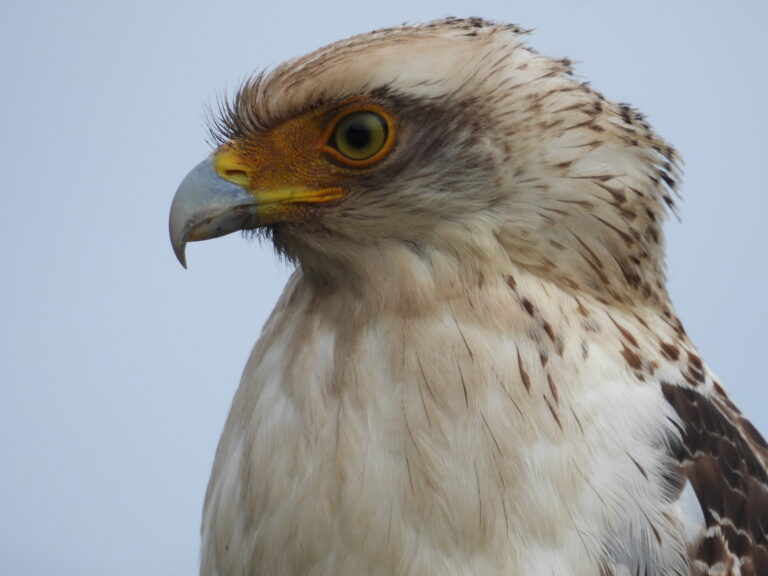
Ryukyu serpent eagle
The crested serpent eagle is the symbol of Ishigaki Island. It is widespread from India and China to South-East Asia, but Japanese subspecie, Ryukyu serpent eagle, is an endangered species in Japan. Deaths due to traffic accidents are particularly serious. According to Mr Kobayashi of SeaBeans, who has been guiding on Ishigaki Island for many years, four have already been killed this year. When you drive on the roads of Ishigaki Island, you will see signs warning of crested serpent eagle accidents here and there. They often appear on the side of the road when the weather is bad. The bird in…
- Birds
- Ishigaki Island
